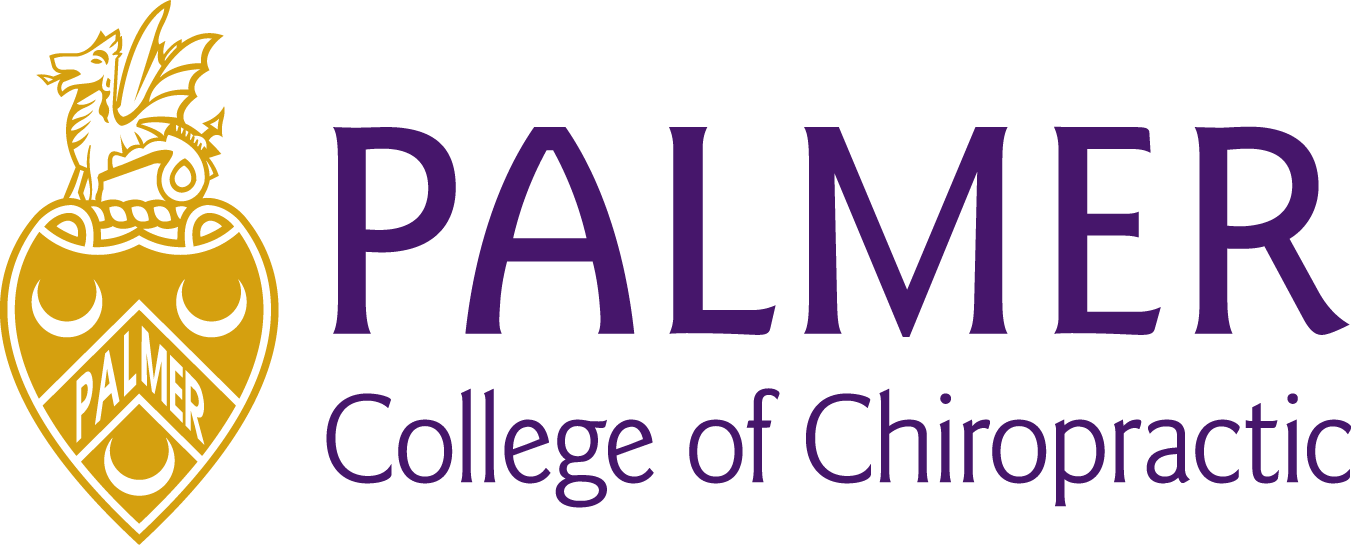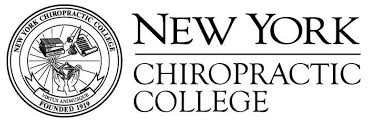Research Behind Groton's Cox Technic
Cox Technic Flexion Distraction and Decompression is respected for its research and documentation. It is even talked about for its science-based and evidence-based explanations. This is not by accident. Though the body has its mysteries, researchers and clinicians ably strive to uncover the clues that lead to better care of the body, especially with chiropractic Cox Technic.
Researchers around the
The first federally funded study involving flexion-distraction documented what happens during the procedure:
- Reduces the pressures inside the disc to a -192 mm Hg
- Increases disc height
- Increases spinal canal foramen size up to 28% making more room for spinal nerves
For more lumbar spine biomechanical details, please click here.
The NIH (National Institutes of Health) funded chiropractic research involved chiropractic researchers alongside medical researchers at Palmer Research Center, Hines VA Hospital (Chicago), and Loyola Stritch School of Medicine. It revealed these factors about the chiropractic flexion distraction Cox Technic for cervical spine as used at Shoreline Medical Services/ Hutter Chiropractic Office:
- Cervical spine flexion distraction protocols lower C4-C7 intradiscal pressures as much as 96 to 1583 mmHG pressure depending on the level. (4)
- Physicians can apply the prescribed forces to the cervical spine 97% of the time using a visual feedback system. (5)
- Researchers verify an effective way to compare higher with lower forces using chiropractic manual cervical distraction (f/d). (6)
The European Spine Journal published the outcomes of the US Government's Health Resources & Services Administration (HRSA)-funded comparison study of chiropractic flexion-distraction care and medical conservative care for low back pain. Its findings are that
- "Overall, flexion-distraction provided more pain relief than active exercise [the medical conservative approach]; however, these results varied base on stratification of patients [1] with and without radiculopathy [extremity/leg pain/sciatica] and [2] with and without recurrent symptoms."
- "Patients with radiculopathy [leg pain] did significantly better with flexion-distraction."
In a case of a 60 year old man with cervical spine stenosis and radiculopathy, significant relief of pain by the patient's own report as well as in his clinical exam tests is documented. This relief came after prior medication and physical/occupational therapy did not work for him. (1)
In a study of 39 patients who had cervical spine pain that radiating into their arms, data was collected about their response to care with flexion distraction and adjunctive therapy modalities. It was found that the mean number of treatments was 13 to achieve a statistically significant reduction in pain. The range of treatments was 6 to 37 treatments total. Relief was attained non-surgically and satisfactorily for these patients. (2)
In a federally funded neck pain patient comparison study of flexion-distraction alone, medical conservative care alone, and a combination of both, pain relieving results for all groups were clinically significant. The combination group - flexion distraction and medical conservative care - had the most significant pain relief which is clinically understood. In the clinical setting, flexion-distraction is typically combined with other modalities in the treatment plan. (3)
The second study was a clinical comparison study of low back pain patients cared for with chiropractic flexion-distraction versus medical physical therapy treatment conducted at National University of Health Sciences with Loyola Stritch School of Medicine.
- http://www.nuhs.edu/show.asp?durki=335
- published initial results: http://www.springerlink.com/content/f32603l877144k77/?p=1ba95a15a905467b8ed4080941ee22e6&pi=4
- published follow-up results: http://chiroandosteo.com/content/14/1/19
- published follow-up results: http://www.ncbi.nlm.nih.gov/pmc/articles/PMC1574327/?tool=pmcentrez
http://www.nuhs.edu/show.asp?durki=336
In 2004, a grant (funded by Health Resources and Services Administrationb 4) was awarded to do a comparison study of flexion distraction (low velocity variable amplitude), chiropractic (HVLA) and medical care of elderly patients’ low back pain. Under its principal investigator, Dr. William Meeker, it was completed at Palmer Center for Research in cooperation with the University of Iowa.

- http://clinicaltrials.gov/ct2/show/NCT00285649?term=palmer+college+of+chiropractic&rank=5
- published results: http://www.ncbi.nlm.nih.gov/pubmed/18990046?dopt=Abstract
- press release info (project #3) / Press Release 6/24/10

- http://clinicaltrials.gov/ct2/show/NCT00475787?term=flexion+distraction&rank=2
- Hear Dr. Dougherty's presentation - http://apha.confex.com/apha/136am/webprogram/Paper169217.html
Contact Shoreline Medical Services/ Hutter Chiropractic Office today.

